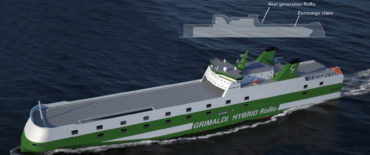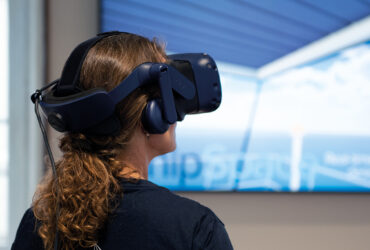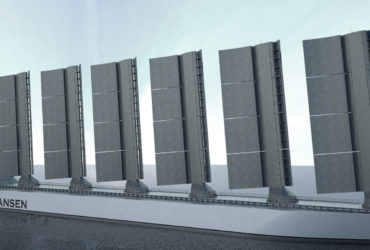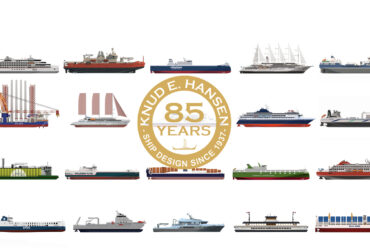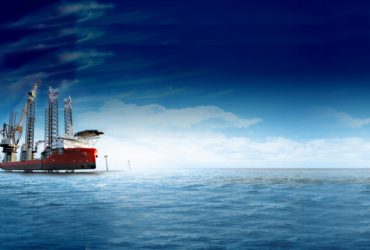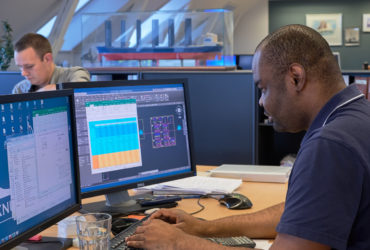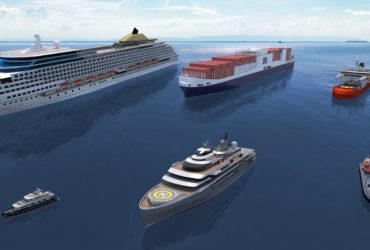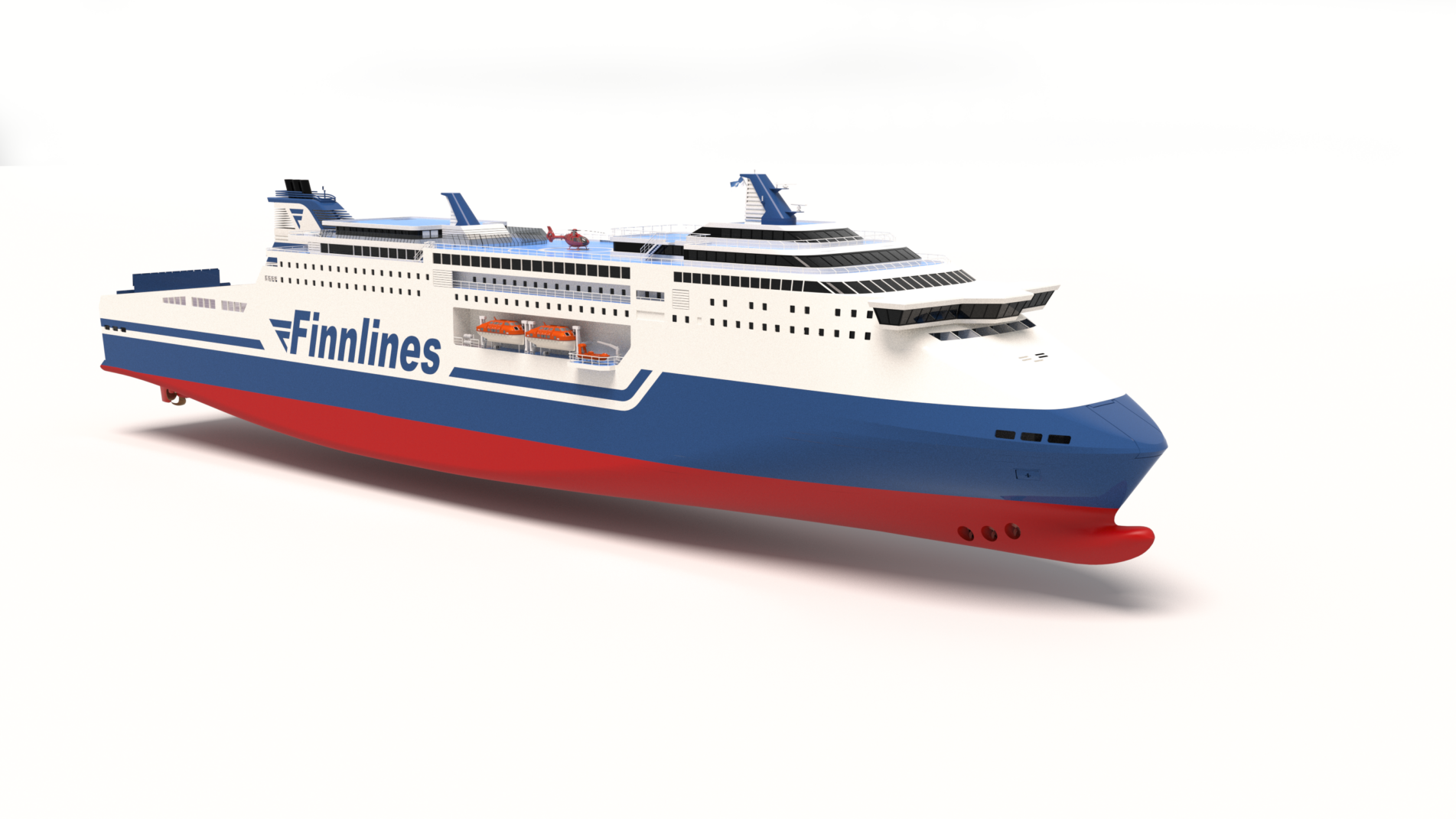Article from SHIPPAXINFO · MAY 20 by Kari Reinikainen
While freight continues to be the primary source of earnings, in recent years, there has been a renewed focus an passenger service and related revenues in the ferry sector. With the arrival of a new generation of ships, many aspects of the passenger service are re-imagined. The very concept of ro-pax, in this regard, is being re-defined.
A few months ago, when Finnlines unveiled computer-generated images of its new ro-pax ferries for the Naantali-Långnäs- Kapellskär service, they did not show a pair of run-of-the-mill, standard look of no-frills, functional vessels. Featuring public areas with large windows located above the cabins, the images indicated that the Grimaldi Group-owned company might be attempting to redefine the ropax concept. The ferry journey between these ports passes through a beautiful archipelago, yet not all the cruise ferries serving in these waters have offered passengers much of a view of the sea. This makes the Finnlines approach more interesting. But they are not alone in making such a move.
Passengers’ demands are changing and even services that cater mainly for freight customers need to accept that expectations are not the same as they were a few decades ago. The kinds of facilities future ro-pax vessels will offer to their passengers will largely depend on what kinds of passengers they carry, according to Vesa Marttinen, director of cruise, ferry and yacht business at Wärtsilä, the Finnish technology group. Broadly speaking, ferry passengers can be divided into two main groups. The first group is made up of those who just want to get from A to B and find that the ferry is the most suitable way for the journey; lorry drivers could be regarded as a typical example of this segment; to them, entertainment and dining are not in focus, but the timetable as well as the cost and length of the crossing matter more. The second group comprises of leisure travellers who see the ferry crossing as part of the holiday experience; they value the onboard facilities more than people in the segment that just focuses on the crossing.
New parameters
What will happen in terms of the quality of ships depends to a great degree on the volume of traffic they carry. The larger the volume, the more room there is for product differentiations. The choice of the right type of ship remains very much a decision of the operator. Although there are tonnage providers in the sector, ro-pax ferries remain largely owned by their operators. The target is to reach the best return on investment. As a ship has a commercial lifespan of about 40 years, assessing the various parameters that will affect the performance outcome is not an easy task and will be key to reaching desirable objectives.
Although the ferry market is comprised of different segments and which one is most important to a ferry company varies from one service to another, owners of ro-pax vessels need to move with times – and they are doing this – because ferries need to cater for an increasingly demanding and well-travelled clientele, according to Christian Damsgaard, senior naval architect and head of naval architecture at Knud E. Hansen (KEH). A well-known name in the ferry industry, KEH designed the two 5,100-lanemetre and 1,100-passenger Superstar Class ro-pax newbuilds Grimaldi Group ordered for its Finnlines brand at CMI Jingling Weihai Shipyard in China just before Christmas.
“A ferry is not just about transport, to get from A to B, but also about providing passengers a travel experience,” said Damsgaard. “All passenger ship owners will need to think about better comfort and better facilities.” On these new Finnlines vessels there will be separate restaurants for lorry drivers and other passengers, as well as bars with live entertainment, a spa, and an executive lounge type facility.
The owner also accepts that the external appearance of these new ships has to appeal to the public. In practise, it means the superstructure will have fine, rakish lines forward of the bridge, quite unlike the straight lines that are a common feature on most ro-pax and many cruise ferries today.
Customer focused
Grimaldi Group has chosen beauty over efficiency in this case. Opting for the more aesthetically pleasing lines means making sacrifices on other things. The use of space on board, for instance, cannot be maximised. “Quite a few ferry projects start with a recognition of the importance of the aesthetics of the ship’s exterior,” Damsgaard noted. “However, as the project advances, it becomes clear to the owner that this would mean certain financial sacrifices and then it is often dropped in favour of squarer, more cost-efficient options. In the case of Finnlines, the owner was willing to invest in a more visually pleasing design, which sets them apart from many other ferry companies.”
Energy savings are an important aspect of the design of the new ships and apart from the ‘outside’ optimisation of hull and propulsion train, etc., there has been sharper focus on improving the ‘inside’ energy consumption by smart solutions for air-conditioning, ventilation, and machinery systems, according to Damsgaard.
Stena Line is in the process of introducing the new E-Flexer ro-pax vessels on its services in the Irish Sea. Simon Palmer, the company’s PR & communications manager for Irish Sea and North Sea, said that passenger comfort had been a major consideration in designing and construction of these new vessels. A more customer-focused approach was adopted in the process, even on details like cars being accommodated aft on Deck 7 to allow their occupants to walk to public areas forward on the same deck without a need to use stairs or lifts.
The customer-focused design goes further. Comfort, luxury, and contemporary design are among other emphases. For example, the Stena Plus lounge and the Hygge lounge, offering premium quality reclining seats, are very popular among leisure travellers. “In the Stena Plus lounge you can have e.g. coffee, snack, and wine and it is not crowded,” said Palmer. These facilities have been available on some of Stena’s previous ships as well, but the ones on an E-Flexer are located at a premium spot forward on Deck 8 and, like most of the rest of the ship, have the benefit of large floor-to-ceiling windows to make the public areas bright and airy. The Sky Bar on the same deck has a large, rectangular dome that extends to the next deck in order to bring in more natural daylight. Palmer recalled that travelling on many ferries on the Irish Sea in the past was an experience of claustrophobia, as they only featured small windows that denied view of the sea and kept most of the daylight out.
Apart from larger windows and better views of the sea, other new features introduced by Stena Line and Finnlines on their latest ships also suggest a strengthening trend of customer-focused thinking by the ferry sector. This is quite a departure from the approaches favoured by budget airlines, whereby anything that may push up building or operating costs would be axed as surplus to requirements.
Related news
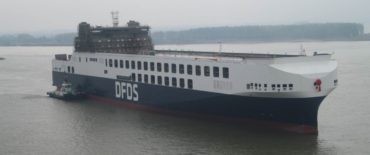
Tender and Basic Design of energy efficient RoRos for DFDS
- Vessel type: RoRo
- Vessel name: Ephesus Seaways and sisters
- Project number: 16037
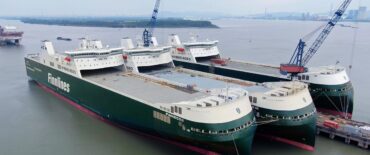
Tender and Basic Design of Hybrid RoRo
- Vessel type: RoRo
- Vessel name: 5800 LM Finnlines Hybrid RoRo
- Project number: 19017
